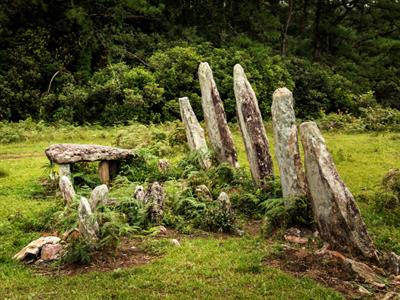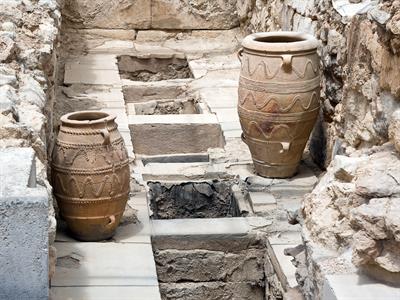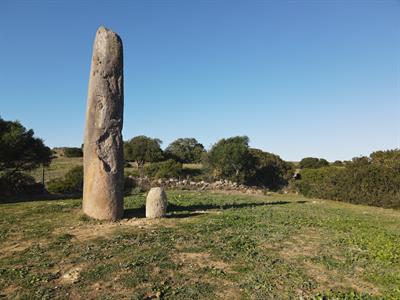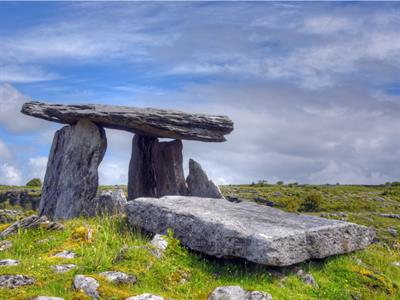
PUMPA - SMART LEARNING
எங்கள் ஆசிரியர்களுடன் 1-ஆன்-1 ஆலோசனை நேரத்தைப் பெறுங்கள். டாப்பர் ஆவதற்கு நாங்கள் பயிற்சி அளிப்போம்
Book Free DemoMegalithic monuments of Tamilnadu
The people of the Megalithic period established many unique monuments which speak volumes about the intricate culture and practice they possessed. Some of the common monuments found from the excavation sites were,
- Hero Stones
- Urn Burials
- Menhir
- Dolmens
1. The Culture of Hero Stones
- The “Hero stones or Veerakal” (as called by the modern-day researchers) are very similar to that of the practice that was followed by other civilisations to celebrate the supreme sacrifice of a Hero.

Hero stones
- These stones were kept in memory of persons who showed extreme valour and courage in battles and during the cattle raids. Cattles were considered as important wealth among the local tribes of the Megalithic period who waged many wars and sacrificed their lives to recover their Cattle.
TOLKAPPIYAM: An ancient Grammar text which widely spoke about the stages of setting up a hero stone for the dead and “Puranaooru” being another notable work which spoke about the Hero stone in the name of “Nadukal”.
These Hero stones are found in some parts of Tamilnadu,
- Palamankalam (Erode)
- Kodumudi (Erode)
- Pulimankombai (Theni)
- Porpanaikottai (Pudukkottai)
2. Urn Burials

The Megalithic Urns
- Sometimes it is also used as a secondary burial method where bones and skulls of the ancestors were also placed along with the dead.
- When the leader of the clan is dead his body is placed with Swords and ornaments worn by him.
- Urn burials of the Megalithic period were found in many parts of Tamilnadu. Some of the places are,
1. Nagapattinam (Thillayadi).
2. Kuthalam (Thirumangalam).
3. Thanjavur (Peruvurani).
3. Menhir
- Menhirs are tall stones placed on the graves of the dead, these are monolithic stone slabs. It was also mentioned in early Sangam literature as “Nedukal”.
MENHIR: The tallest Menhir in Tamilnadu is found near Kumarikalpalayam near Erode district.
- Menhirs were erected for the leaders of the society. Some of the Menhirs were laid with “Goodarams” (underground cists used for the burial near Menhirs).

The Menhir
- These Menhirs are dated from 1000\ BCE – 300\ BCE, some of the burials are associated with Cist burials and Cairn circles.
- Menhirs were found in a different part of Tamilnadu like,
1. Erode (Perunthurai).
2. Theni (Andapatti).
3. Narasinghampatti (Madurai).
4. Dolmens
- It is a structure containing a single chamber of Megalithic tombs consist of two upright stones and a single large stone slab on top which is placed horizontally.

Dolmens of the Megalithic period
- These are other methods of burial practices followed by the people of Megalithic people.
- The Megalithic dolmens are found in various parts of Tamil Nadu that are listed below.
1. Koovathur (Chennai).
2. Veeraraghavapuram (Kanchipuram).
3. Nerkunampattu (Kanchipuram).
4. Kilayur (Pudhukottai).
Reference:
The Megalithic Urns - Havoc / Shutterstock.com